Audience Segmentation
What is Audience Segmentation?
Audience segmentation is the process of dividing a broad audience into smaller groups based on shared characteristics. These characteristics can include demographics, behaviors, interests, geographic locations, and more. By segmenting an audience, marketers can create more targeted and personalized content, campaigns, and messages that resonate better with each group.
Why is Audience Segmentation Important?
Audience segmentation is important because it allows for more precise and effective marketing. By understanding and targeting specific segments, marketers can deliver content that is more relevant and engaging to each group. This leads to higher engagement rates, better customer experiences, and improved conversion rates.
Segmentation also helps in optimizing marketing resources. Instead of a one-size-fits-all approach, resources can be allocated more efficiently to target high-potential segments. Additionally, segmentation provides valuable insights into different audience needs and preferences, enabling better product development and customer service.
Best Practices for Audience Segmentation
1. Gather Comprehensive Data
Collect data from various sources such as website analytics, social media insights, customer surveys, and CRM systems. Comprehensive data provides a detailed understanding of your audience and helps identify meaningful segments.
2. Define Clear Segmentation Criteria
Determine the criteria for segmenting your audience based on your marketing goals. Common criteria include demographics (age, gender, income), psychographics (lifestyle, values), behavior (purchase history, engagement), and geography (location, climate). Choose criteria that are relevant to your objectives and actionable.
3. Use Data Analytics Tools
Utilize data analytics tools to analyze and identify patterns within your audience data. Tools like Google Analytics, social media analytics platforms, and CRM software can help segment your audience effectively. Advanced tools can also offer predictive insights to refine your segmentation.
4. Create Detailed Buyer Personas
Develop detailed buyer personas for each segment. Buyer personas are fictional representations of your ideal customers within each segment. They include information about demographics, interests, pain points, and buying behaviors. Personas help tailor your marketing strategies and content to each segment’s needs.
5. Personalize Content and Campaigns
Use the insights gained from segmentation to personalize your content and marketing campaigns. Tailor messages, offers, and content formats to the specific preferences and behaviors of each segment. Personalization increases relevance and engagement.
6. Test and Refine Segments
Continuously test and refine your audience segments to ensure they remain accurate and effective. Use A/B testing and other methods to evaluate the performance of your segmented campaigns. Adjust your segmentation criteria and strategies based on the results.
7. Monitor Segment Performance
Track the performance of each audience segment over time. Monitor key metrics such as engagement rates, conversion rates, and customer lifetime value. Regular performance analysis helps identify successful strategies and areas for improvement.
8. Stay Flexible
Audience preferences and behaviors can change over time, so it’s important to stay flexible with your segmentation approach. Regularly update your data, re-evaluate your segments, and adjust your strategies to stay aligned with evolving audience needs.
By following these best practices, you can effectively segment your audience, create more targeted marketing efforts, and achieve better results for your campaigns.
For more terms, return to the content marketing glossary and freelance writing glossary.

